If you're comfortable using Java, consider taking a look at Atlas. Atlas is an in memory representation of OSM data that will allow you to create a graph representing the street network. There is an Atlas API layer for connectivity, routing and spatial searches. For your specific need - there is the concept of a Route - which maintains the OSM Ways and Nodes specifying a path between two Nodes or Ways. There are ways to get the most optimal Route or obtain all possible Routes.
To get started, I recommend the following:
- Set up and familiarize yourself with the Atlas project
- Extract an OSM or PBF file with the area of interest
- Create an Atlas file from the PBF, run applicable routing algorithm
Sample code to load an OSM file:
public class TestAtlasTestRule extends CoreTestRule
{
@TestAtlas(loadFromJosmOsmResource = "yourOsmFile.osm")
private Atlas yourAtlasFile;
public Atlas getAtlasFile()
{
return this.yourAtlasFile;
}
}
Sample code to obtain routes:
// To get the shortest route
final Route shortestRoute = AStarRouter.dijkstra(yourAtlasFile, distanceThreshold).route(startNode, endNode);
// To get all the routes
final Set<Route> allRoutes = AllPathsRouter.allRoutes(startEdge, endEdge, comparatorThatEnforcesRouteOrdering);
 The optional routes are:
The optional routes are: